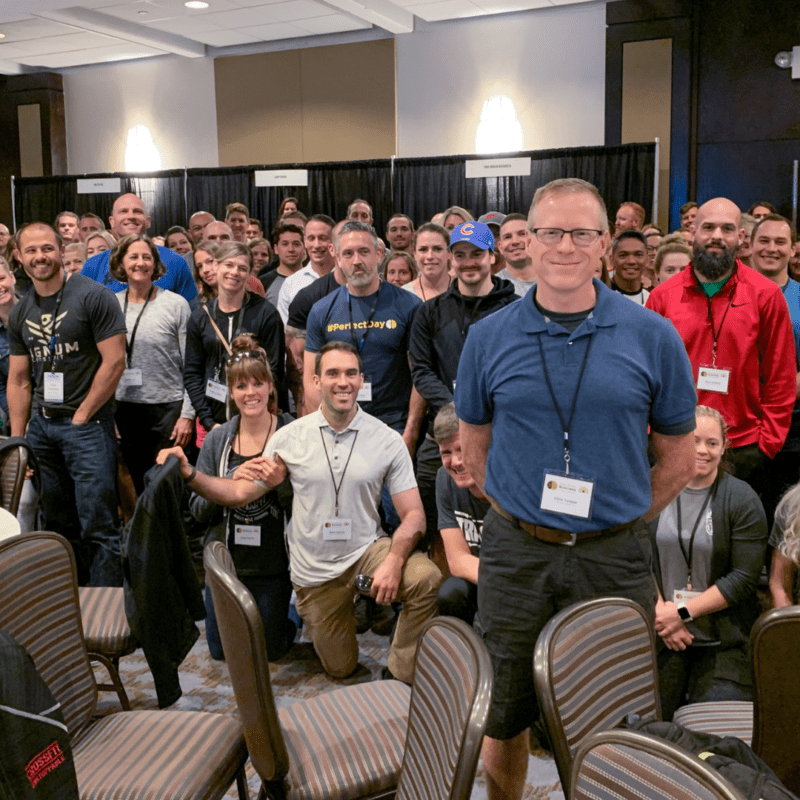Access our FREE “Do-It-Yourself” archives HERE. CrossFit has championed the “just get work DONE” attitude from Day One. The second article ever published in CrossFit Journal was called “The Garage Gym.” That was September, 2002, and Coach told us all how to build boxes, find tires and string up ropes. He didn’t say, “Click here to buy my tutorial videos.” CrossFit.com has featured a free workout of the day EVERY SINGLE DAY since 2001. There’s no sales pitch attached, no “click to sign up”, no “buy our advanced program.” Just: try this. Like most of you, I just tried CrossFit on my own before I ever sought a coach. On the date of my first CrossFit main site workout, I’d already been a fitness coach for over a decade. I did pretty well–I thought–and then did very poorly the next day. For a little while, that was enough; but then I started seeking tips to get better. I found those tips on CrossFit.com, too. Free videos, pictures and articles–thousands of them. 40-page downloads for $20 per year. I built my first boxes using the free templates in the Journal. I bought a set of rings from EliteRings.com because their founder chimed in on the CrossFit message boards. Following that example, I’ve shared almost 100 free templates with other gym owners over the years. As my skill in creating SOPs has grown, I’ve shared them on several different sites, including this one (other sites still offer outdated versions of my old staff contracts, coaching handbook and other worksheets.) I do it because I believe in the DIY mentality: try it yourself. Get your hands dirty. THEN ask for help. I believe in the value of coaching, to be sure. I get coached in weightlifting and CrossFit, and I coach others in business. But I also believe–strongly–in trial and error. Mistakes are critical to success. You should know how to change the ...
Read More →
